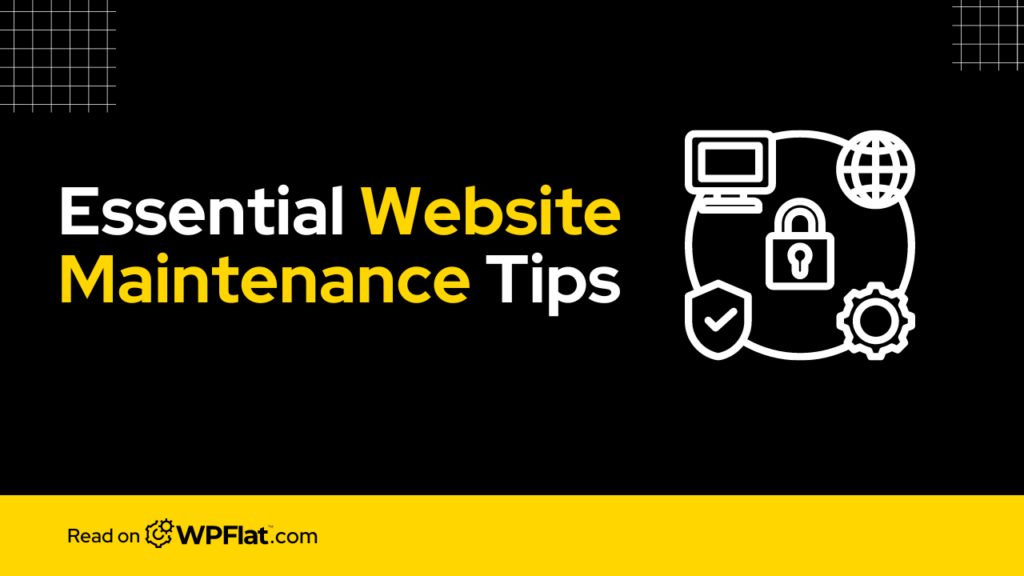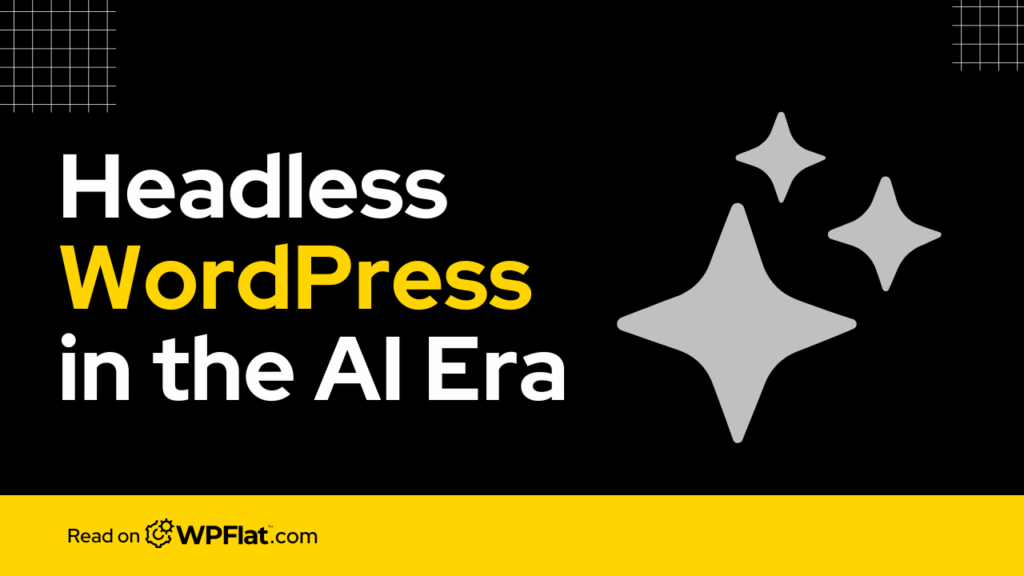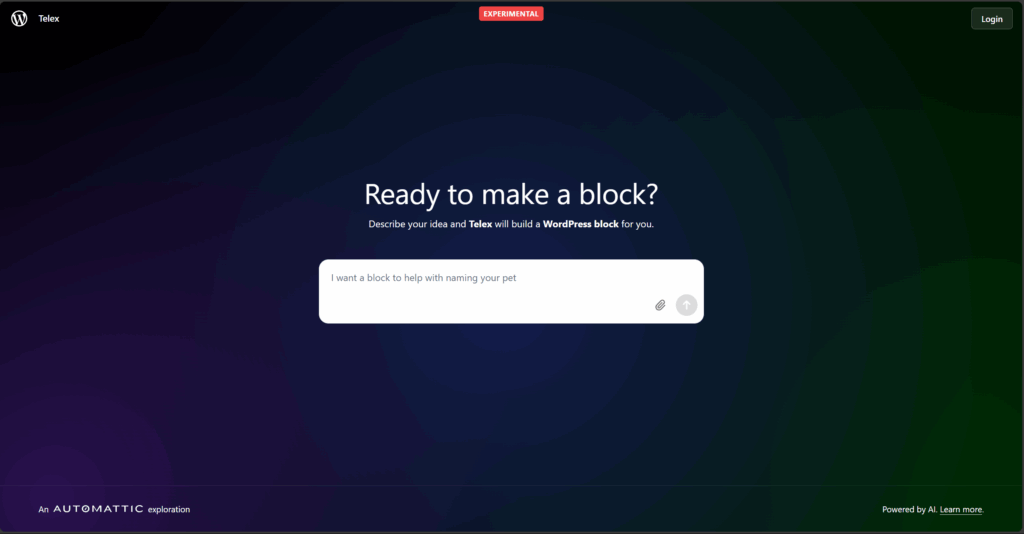Imagine your website as a car. It can take you amazing places and connect you with a vast audience, but just like any vehicle, it needs regular maintenance to run smoothly and safely. In the world of websites, WordPress website maintenance ensures your site remains secure, up-to-date, functional, and delivers an exceptional user experience.
For businesses or individuals who rely on their WordPress website, neglecting maintenance can lead to a breakdown in communication, lost sales, and even security breaches. This article will equip you with the knowledge and essential WordPress website maintenance tips to keep your digital asset running at peak performance.
What is Website Maintenance All About?
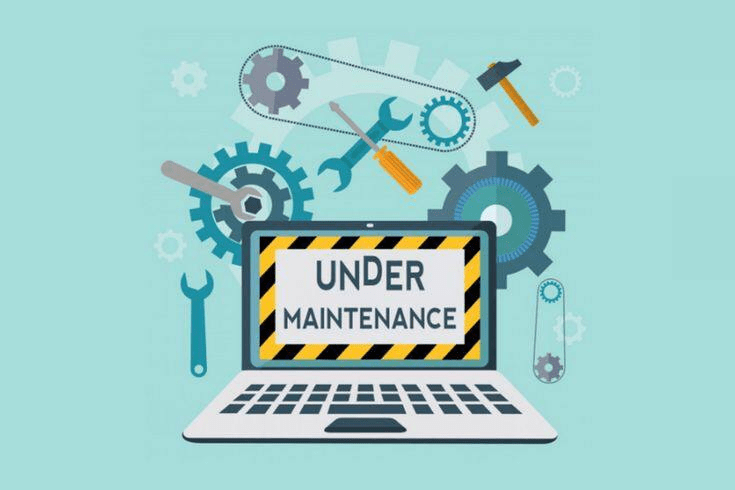
Website maintenance is the ongoing process of keeping your website secure, functional, and optimized. It encompasses a variety of tasks, including:
- Security Updates: Security updates involve installing the latest patches and fixes provided by WordPress for its core software, as well as for themes and plugins. These updates address known security vulnerabilities that could be exploited by hackers to compromise your website's security.
- Content Updates: Content updates involve adding new, relevant content to your website on a regular basis. This could include blog posts, articles, product descriptions, images, videos, or any other type of content that adds value to your site and keeps visitors engaged.
- Performance Optimization: Performance optimization focuses on improving your website's speed and loading times by optimizing its code, images, and other elements. This includes techniques such as minification, caching, image optimization, and reducing server response times.
- Broken Link Repair: Broken links are hyperlinks on your website that lead to non-existent or inaccessible pages. These links can occur due to changes in URL structure, deleted pages, or external sites going offline. Repairing broken links involves identifying and fixing or redirecting these links to valid pages.
- Backups: Backups involve creating copies of your website's files and database and storing them securely in a separate location. This ensures that you have a recent and complete backup of your site's data that can be restored in case of data loss, corruption, or other unforeseen events.
Why Maintain Your Website?
Think of website maintenance as an investment in your online presence. Here's why it's crucial:
- Enhanced Security: Regular updates and security checks help keep your website safe from hackers and malware. Think of it as locking your doors and installing security cameras to prevent break-ins. By staying updated and vigilant, you reduce the risk of data breaches and downtime, protecting both your website and your visitors' information.
- Improved User Experience: A well-maintained website loads quickly and works smoothly, providing visitors with a hassle-free browsing experience. It's like ensuring that your store is clean, organized, and easy to navigate. By optimizing performance and functionality, you make it easier for visitors to find what they need and enjoy their time on your site, leading to higher satisfaction and engagement.
- Search Engine Optimization (SEO): Regular maintenance contributes to your website's SEO efforts, which is like ensuring your store is listed prominently in the phone book. Search engines like Google favor websites that are regularly updated, secure, and user-friendly. By keeping your website fresh, secure, and mobile-friendly through maintenance tasks, you increase your chances of ranking higher in search results. This, in turn, helps drive more organic traffic to your site, expanding your online visibility and potential customer base.
- Increased Credibility: Maintaining a professional and up-to-date website is essential for building trust with your audience. Just as a well-maintained storefront instills confidence in potential customers, a well-kept website fosters credibility and professionalism. Regular updates, security measures, and a seamless user experience signal to visitors that you're committed to providing value and ensuring their satisfaction. This credibility can translate into increased trust, loyalty, and ultimately, conversions for your business.
- Peace of Mind: Knowing that your website is secure, up-to-date, and functioning optimally gives you peace of mind as a website owner. It's like having a reliable security system and maintenance crew for your physical store—you can focus on running your business without constantly worrying about potential threats or issues. With regular maintenance in place, you can trust that your website is in good hands, allowing you to concentrate on other aspects of your business with confidence and peace of mind.
7 Important Website Maintenance Tips
1. Update Regularly (Weekly)

- WordPress Core Updates: WordPress regularly releases updates to improve security, fix bugs, and introduce new features. Keeping your WordPress core updated is crucial for maintaining a secure website.
To update WordPress core, log in to your WordPress admin panel, go to the Dashboard, and click on the Updates section. Here, you'll see if there's a new version available. Simply click on “Update Now” to install the latest version.
- Themes and Plugins Updates: Themes and plugins often release updates to patch security vulnerabilities, enhance functionality, and improve compatibility with the latest WordPress version.
Visit the Plugins and Themes sections in your WordPress dashboard to check for updates. If there are updates available, click on “Update Now” to install them.
2. Secure Your Login (Monthly)

- Strong Passwords: Weak passwords are a common entry point for hackers. Enforcing strong passwords is essential to protect your website.
Ensure that all administrator accounts have passwords that are at least 12 characters long and include a mix of uppercase and lowercase letters, numbers, and symbols.
- Two-Factor Authentication (2FA): 2FA adds an extra layer of security by requiring a secondary form of verification, such as a code sent via SMS or generated by a mobile app, in addition to the password.
Enable 2FA for all user accounts, especially administrator accounts, to mitigate the risk of unauthorized access.
3. Optimize Performance (Quarterly)
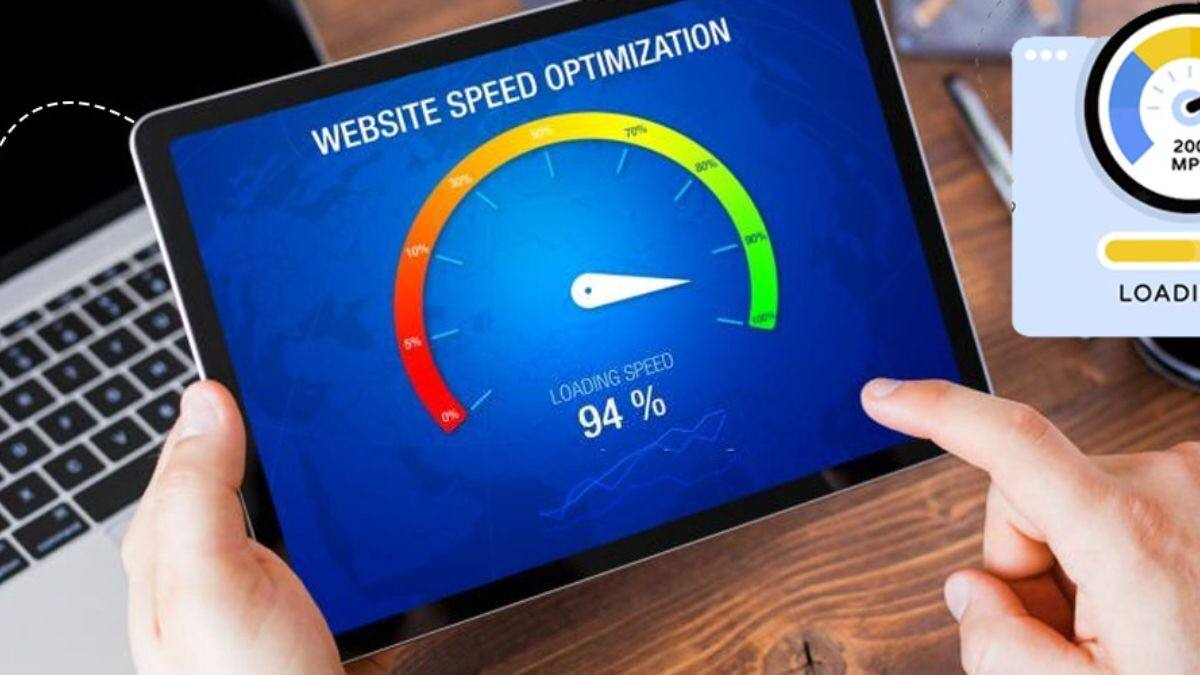
- Image Optimization: Large image files can significantly slow down your website's loading speed. Use image optimization tools like Smush to compress images without compromising quality.
Compressed images reduce the file size, resulting in faster page loading times and improved user experience.
- Caching: Caching temporarily stores website data on the user's device or a server, reducing the need to fetch data from the original source.
Install a caching plugin like WP Super Cache to generate static HTML files of your website's pages, reducing server load and improving loading times for returning visitors.
4. Backup Regularly (Monthly)

Backup Methods: Regular backups are essential to protect your website against data loss due to accidents, hacks, or server failures.
Utilize backup plugins like UpdraftPlus or contact your web hosting provider to set up automated backups. Also store backups both locally (e.g., on your computer or server) and remotely (e.g., cloud storage services like Dropbox or Google Drive) for redundancy.
Backup Frequency: Schedule regular backups, preferably on a monthly basis, to ensure that you always have a recent copy of your website's data in case of emergencies.
5. Monitor Broken Links (Bi-Annually)
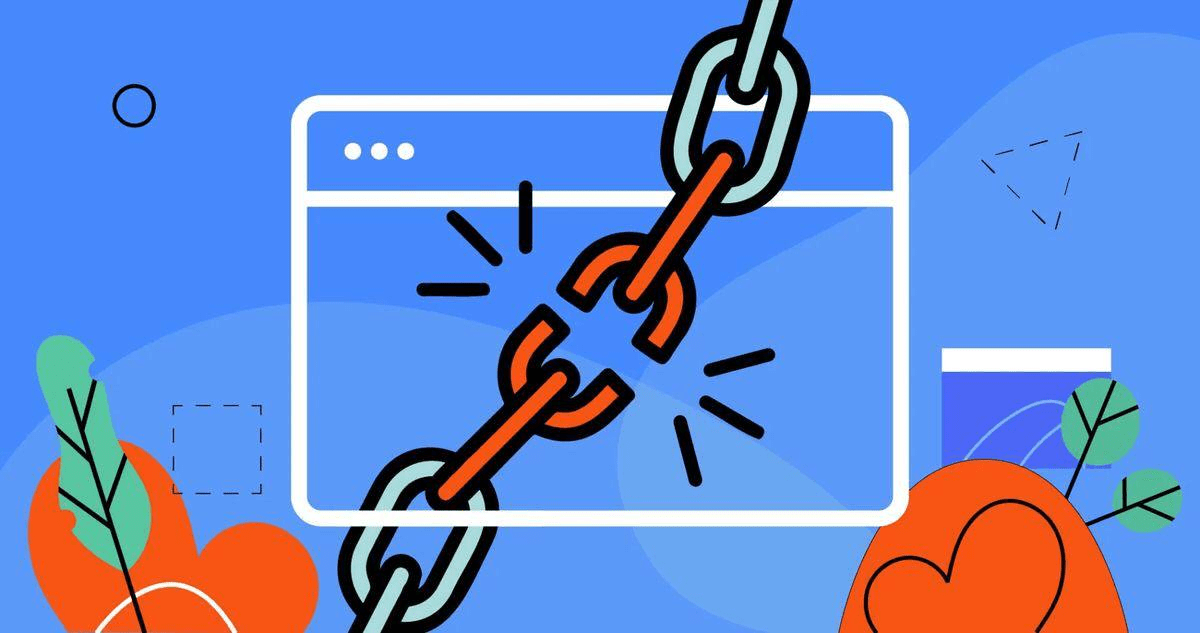
Use Broken Link Checker: Broken links negatively impact user experience and can harm your website's SEO.
Employ tools like Broken Link Checker to scan your website for broken links regularly. Once identified, fix broken links by updating URLs or removing obsolete links from your content.
6. Content Refresh (Continual)
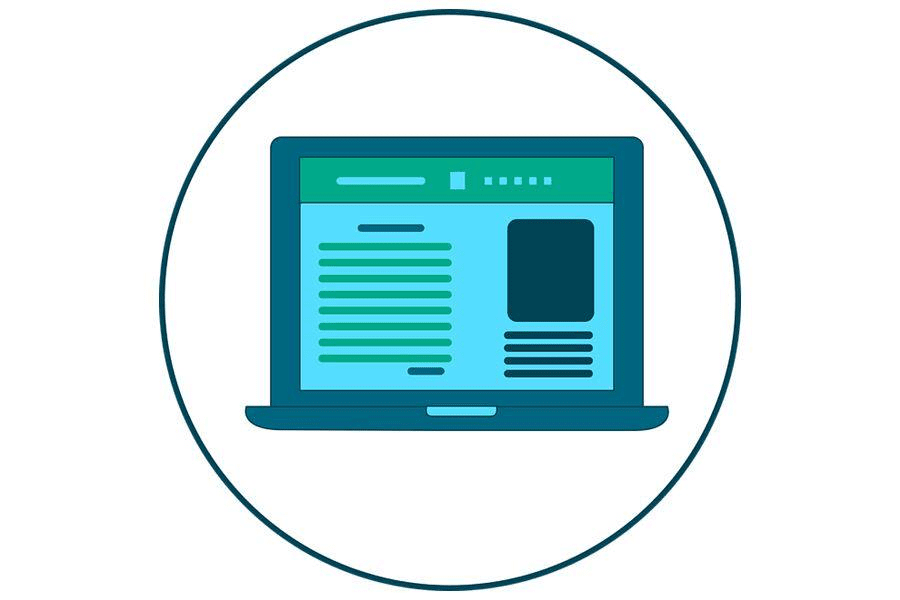
- Add Fresh Content: Regularly publishing new content keeps your website relevant and engaging for visitors and search engines.
Experiment with different types of content, such as blog posts, articles, videos, or infographics, to attract and retain your audience.
- Review Existing Content: Periodically review and update existing content to ensure accuracy, relevance, and alignment with your current branding and messaging.
Update outdated information, refresh formatting, and optimize content for SEO to maintain its effectiveness over time.
7. Test Functionality (Quarterly)
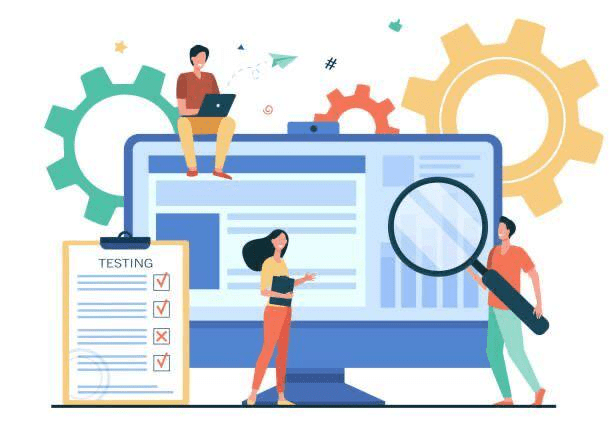
- Forms Testing: Website forms, such as contact forms, registration forms, and checkout forms, are critical for user interaction and data collection. Regularly test all forms to ensure they are functioning correctly, submissions are being received, and user data is being captured accurately.
- Mobile Responsiveness: With the increasing use of mobile devices, ensuring that your website is mobile-friendly is essential for providing a seamless user experience.
Use tools like Google's Mobile-Friendly Test to evaluate your website's mobile responsiveness and identify any issues that need to be addressed. Also make necessary adjustments to optimize your website's design and functionality for various screen sizes and devices.
How can Experts Help?
While many WordPress website maintenance tasks can be done in-house, managing a website can be a time-consuming endeavor. For businesses or individuals lacking the technical expertise or resources, WordPress maintenance services from a reputable company like WP Flat can be a lifesaver.
These companies offer a comprehensive suite of website maintenance solutions, including Automated Updates and Security Scans, Performance Optimization, Regular Backups and Disaster Recovery, Content Updates and 24/7 Support.
By outsourcing your website maintenance to experts, you can free up your valuable time and resources to focus on core business activities while ensuring your website remains secure, optimized, and running smoothly.
***
Regular WordPress website maintenance is an essential practice for businesses and individuals who rely on their online presence. By following the tips outlined above and potentially partnering with a website maintenance expert, you can ensure your website delivers a positive user experience, fosters trust with your audience, and achieves its full potential.
Does your WordPress website need a tune-up? Contact WPFlat today for a free consultation and discuss how their website maintenance services can keep your website running at peak performance.
FAQs
1. How much does it cost to maintain a website?
The cost of website maintenance can vary depending on the size and complexity of your website, the frequency of updates required, and the level of service you need. WP Flat offers flexible website maintenance plans to suit your specific needs and budget.
2. How often should I carry out website maintenance?
The frequency of website maintenance tasks can vary. Ideally, you should perform certain tasks like security updates and broken link checks regularly (weekly or monthly). Other tasks like performance optimization and content refresh can be done quarterly or bi-annually.
3. What are some signs that my website needs maintenance?
Here are some signs that your website might be due for some maintenance:
Slow loading times
Broken links or error pages
Outdated content
Security vulnerabilities
Difficulty accessing the admin dashboard
4. Do I need to back up my website myself?
While it's not always necessary to back up your website yourself, it's a good practice to have a backup readily available in case of emergencies. Many web hosting providers offer automatic backup services. You can also use a backup plugin to create regular backups of your website's data.
5. Can I just update my website once and forget about it?
Unfortunately, WordPress website maintenance is an ongoing process. New security vulnerabilities are discovered regularly, and themes and plugins require updates to maintain compatibility and functionality.
